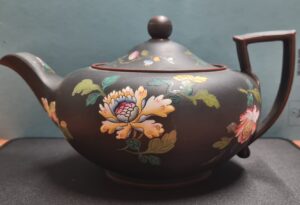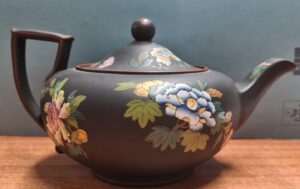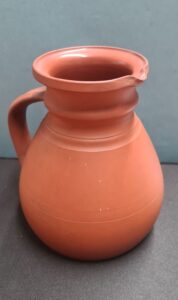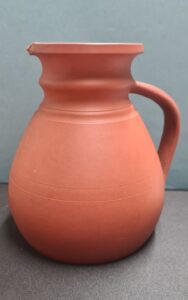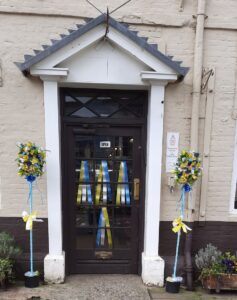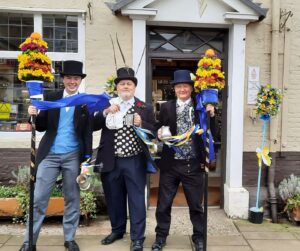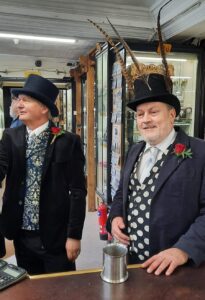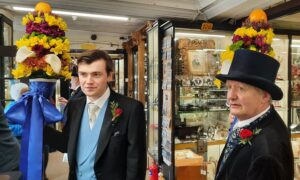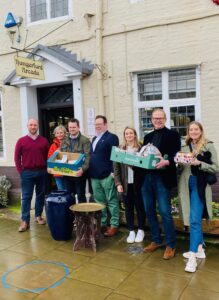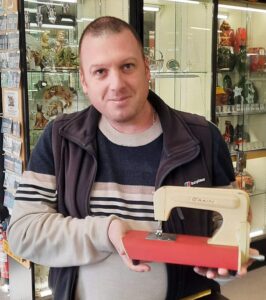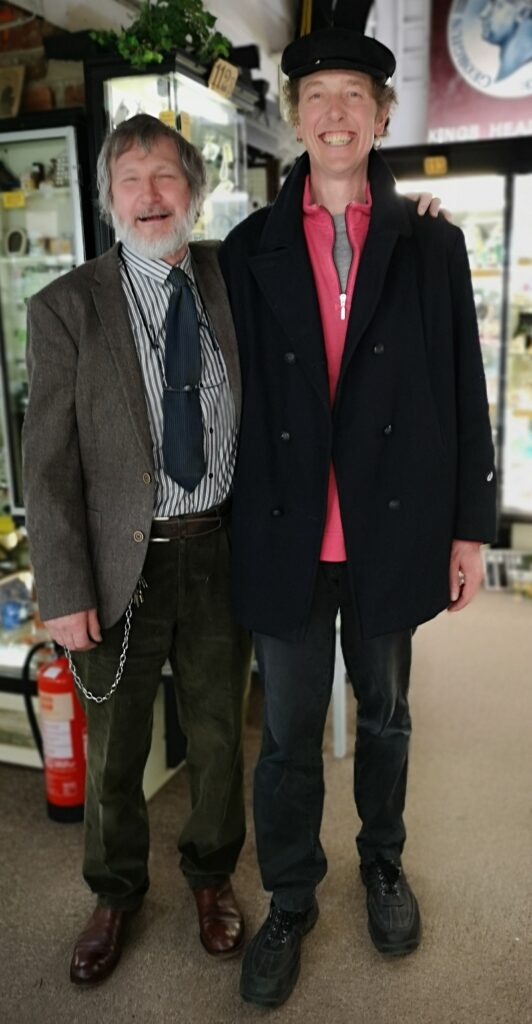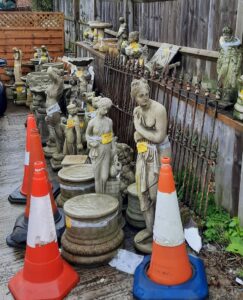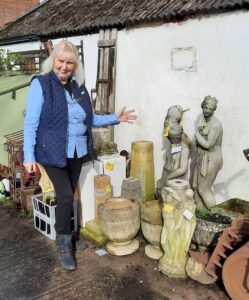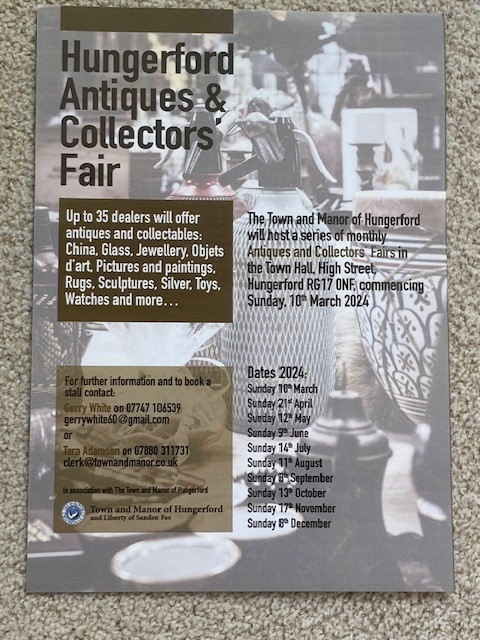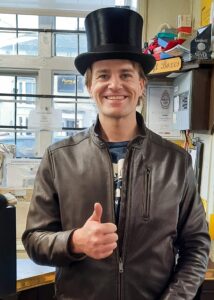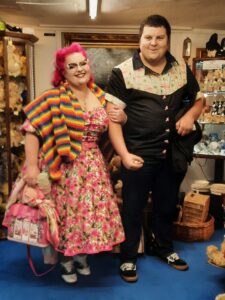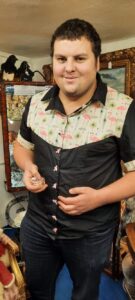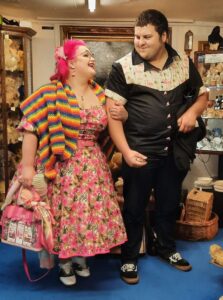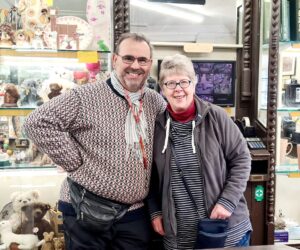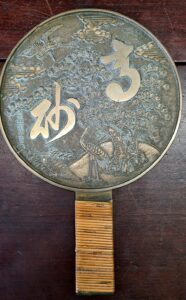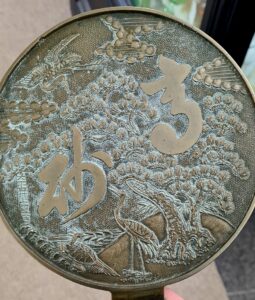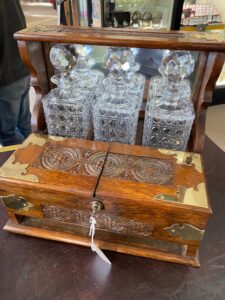
This beautiful example of a Victorian Tantalus has just arrived at the Arcade and is available from our stall holder Vanessa (Unit 127).
A Tantalus is a small wooden cabinet containing two or three decanters. Its defining feature is that it has a lock and key. The aim of that is to stop unauthorized people from drinking the contents (in particular, “servants and younger sons getting at the whisky”), while still allowing them to be on show.
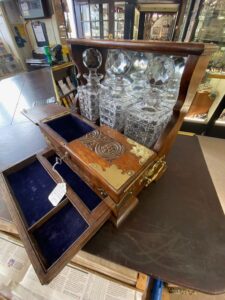
The tantalus was so called after Tantalus, one of the sons of Zeus. The myth says that when invited to dine at the table of the Gods, Tantalus stole some ambrosia for his personal use. As punishment for this crime, Tantalus was forced to stand in a pool of water under a fruit tree.
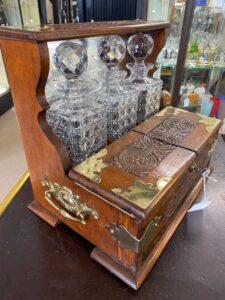
The ingenious device was not introduced in England until the last half of the nineteenth century. The basic concept of the design is a framework into which can be locked one or more decanters of liquor. In most cases, the decanters are square, usually of cut or engraved glass.
The original patent in 1881 (UK Patent 58948) was by George Betjemann, a cabinet maker from Germany. Betjemann & Sons had workshops at 34–42 Pentonville Road, London from the 1830s.
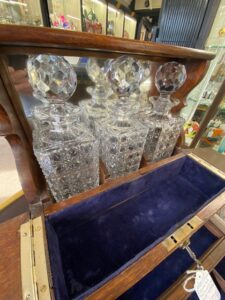
Very few Betjemann examples survive in complete condition; those that do are generally sold at auction for sums in the thousands of US dollars. Original Betjemann articles should have brass or silver plate stamps signifying their authenticity. Later models, in completely different styles, were also called “The Betjemann Tantalus” even though no cabinetry was present and they were not made at the Pentonville works.
